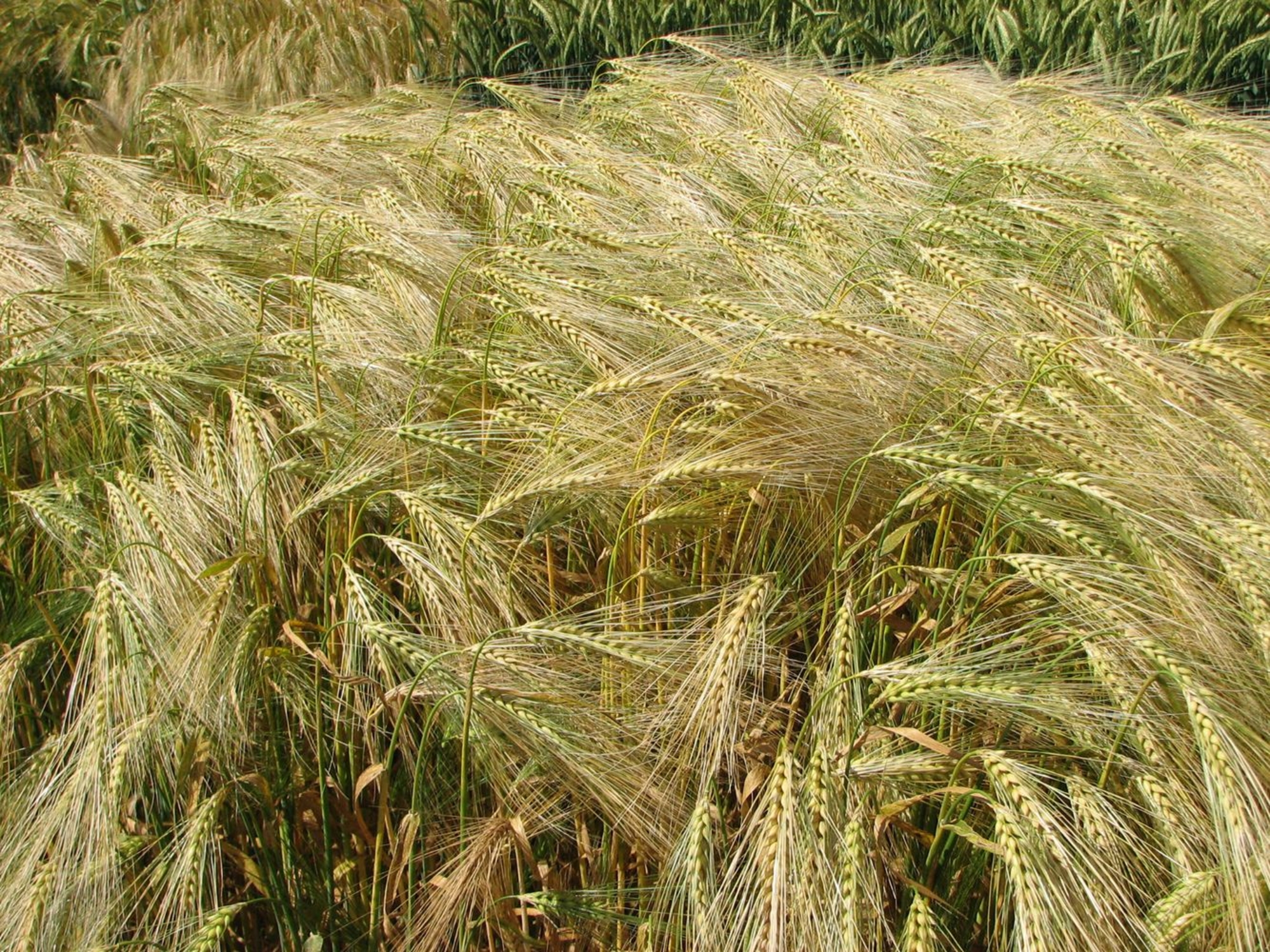
- Home
- Daily life
- Men and animals
- Butchery
To reconstruct how animals were butchered, the marks made on bones were examined in order to determine the instruments (axe, knife, cleaver, etc.) and movements (fast or slow) employed and their purpose (stripping, jointing, etc.). An interpretation of these observations, recorded on the diagram of a skeleton, is designed to reconstruct the stages in the processing of a carcass and its cuts. Some animals, particularly the small ones, were cut up in the home, and butchery scraps and the leftovers from the meal were dumped in the rubbish pit. Many large animals, however, were treated differently, with the major stages in the butchering process being carried out at a number of locations.
For example, the discovery of sawn off heads and backbones within the enclosure of the central square, shows that cattle and horses were probably slaughtered and cut into quarters there. These quarters were then distributed and cut up in other places, as is shown by deposits of bare bones in the rubbish pits. Finally, the cuts were distributed to the houses for eating. This particular processing system reflects the ones used in some of the great sacred sites, at Titelberg and elsewhere, from the end of the Iron Age.







